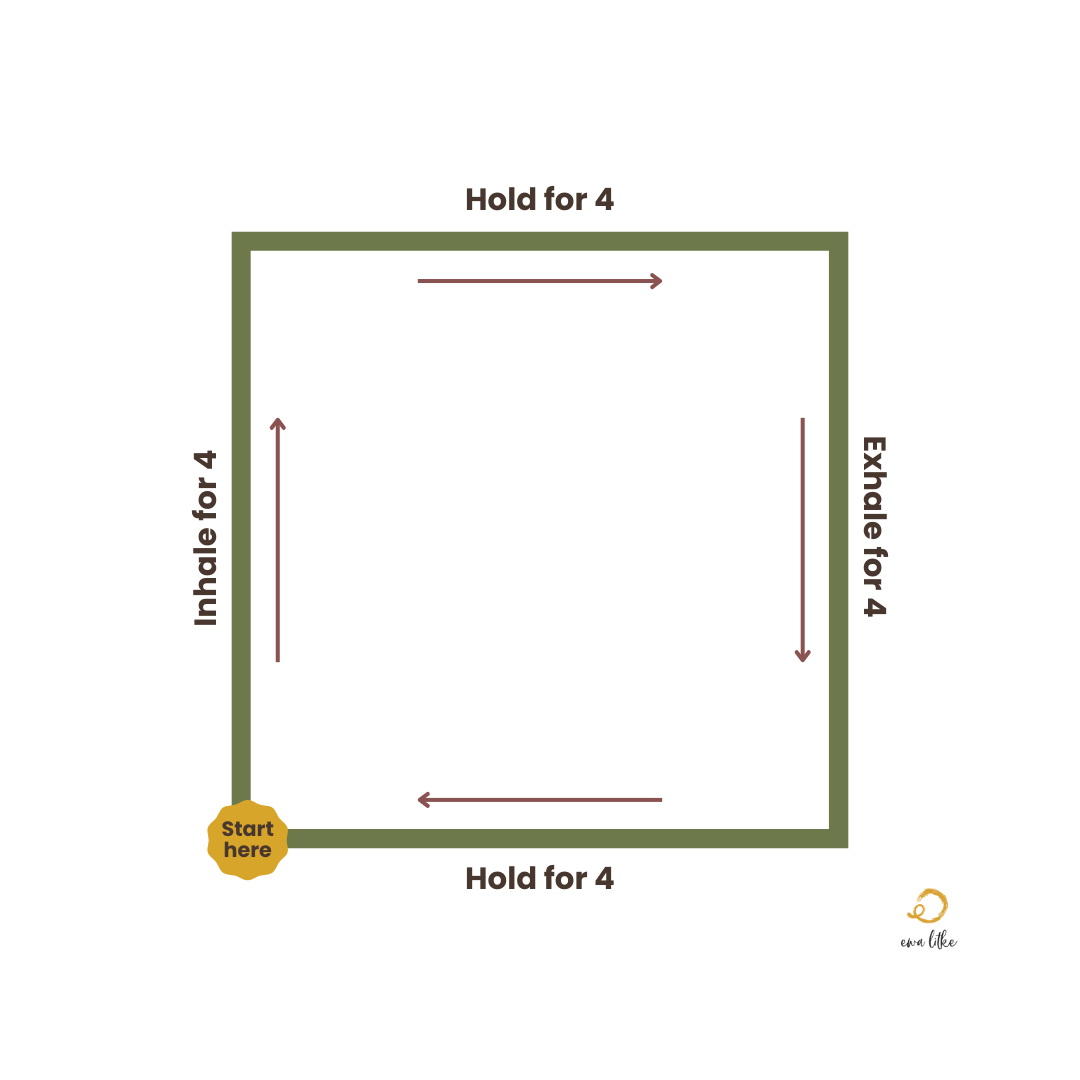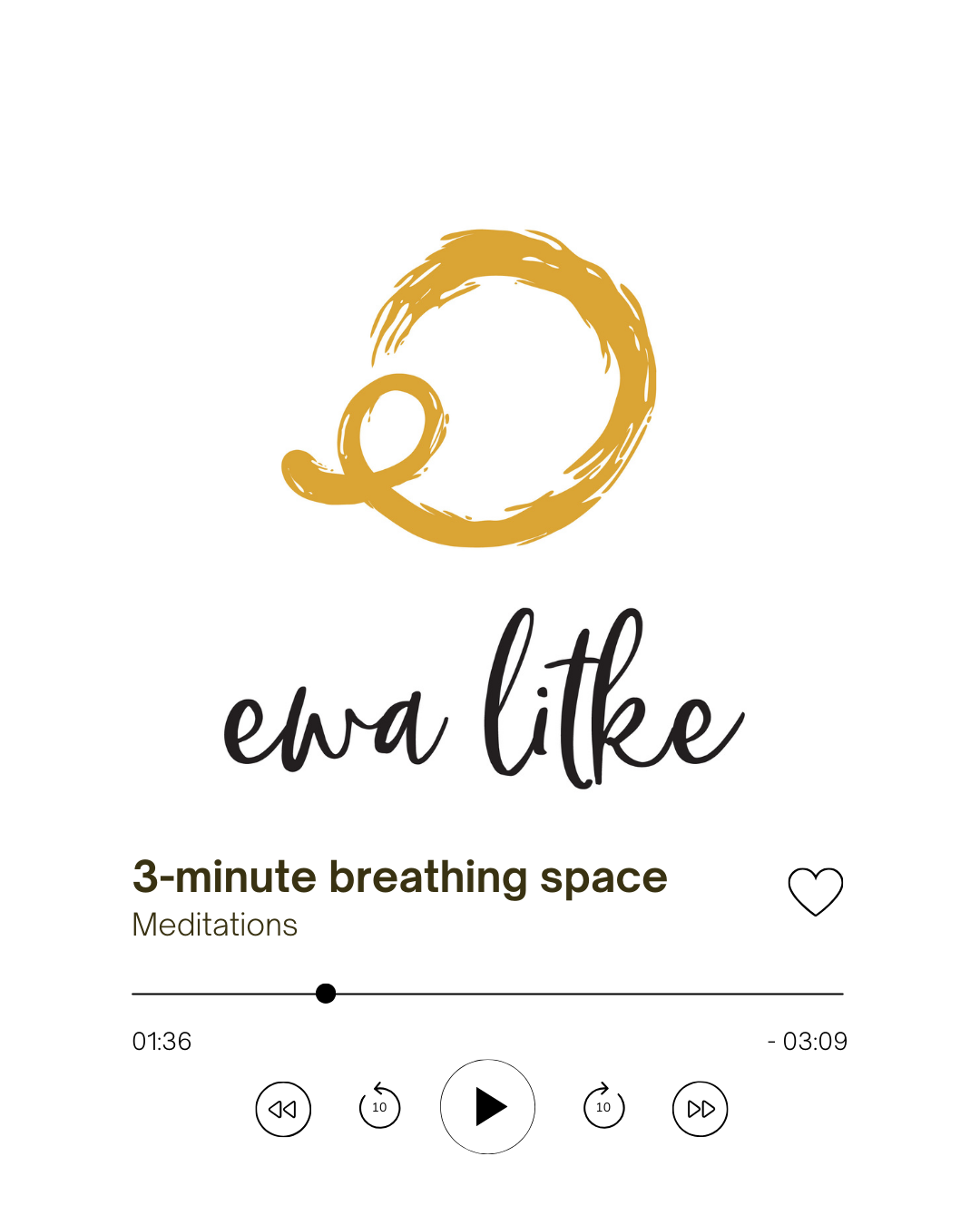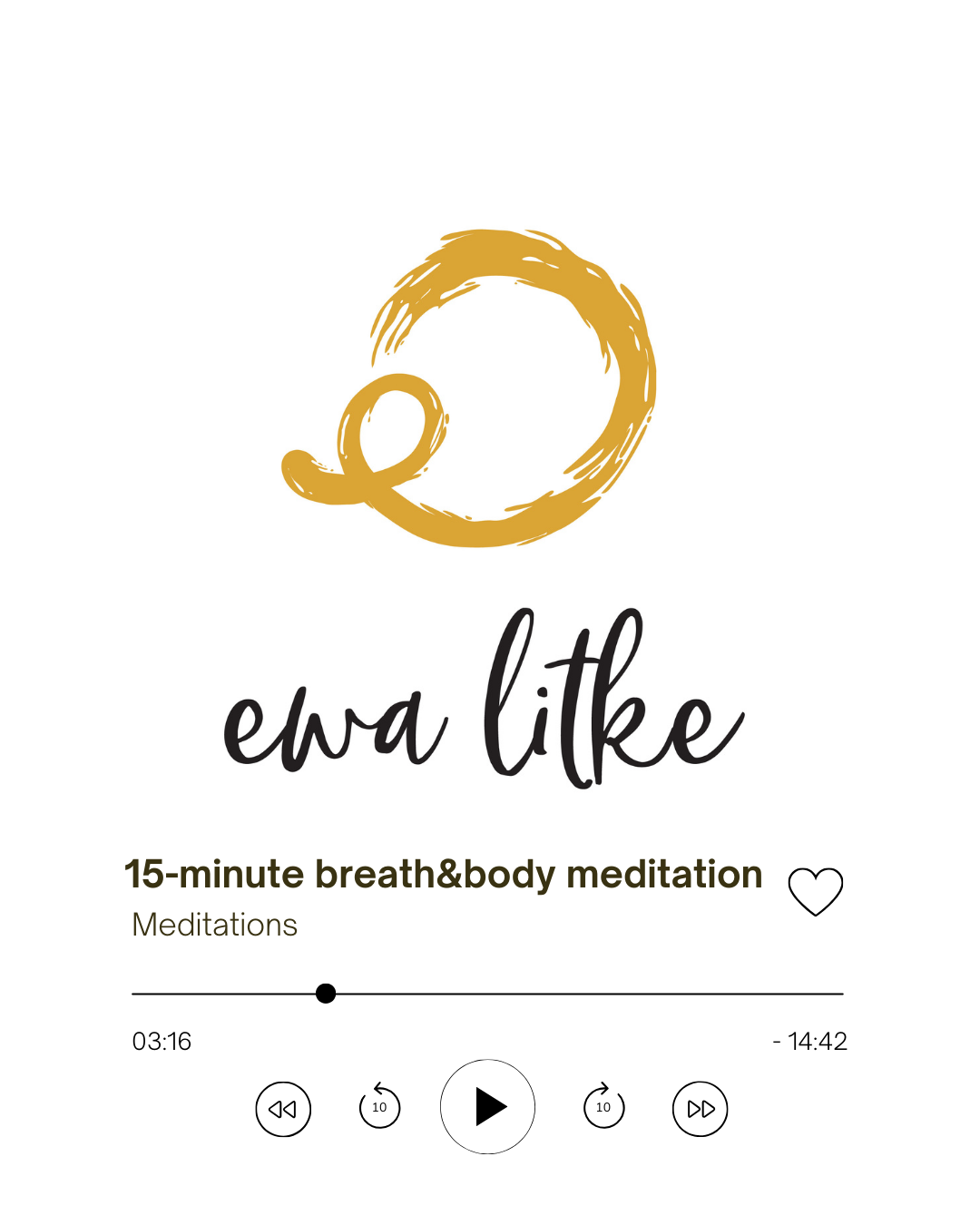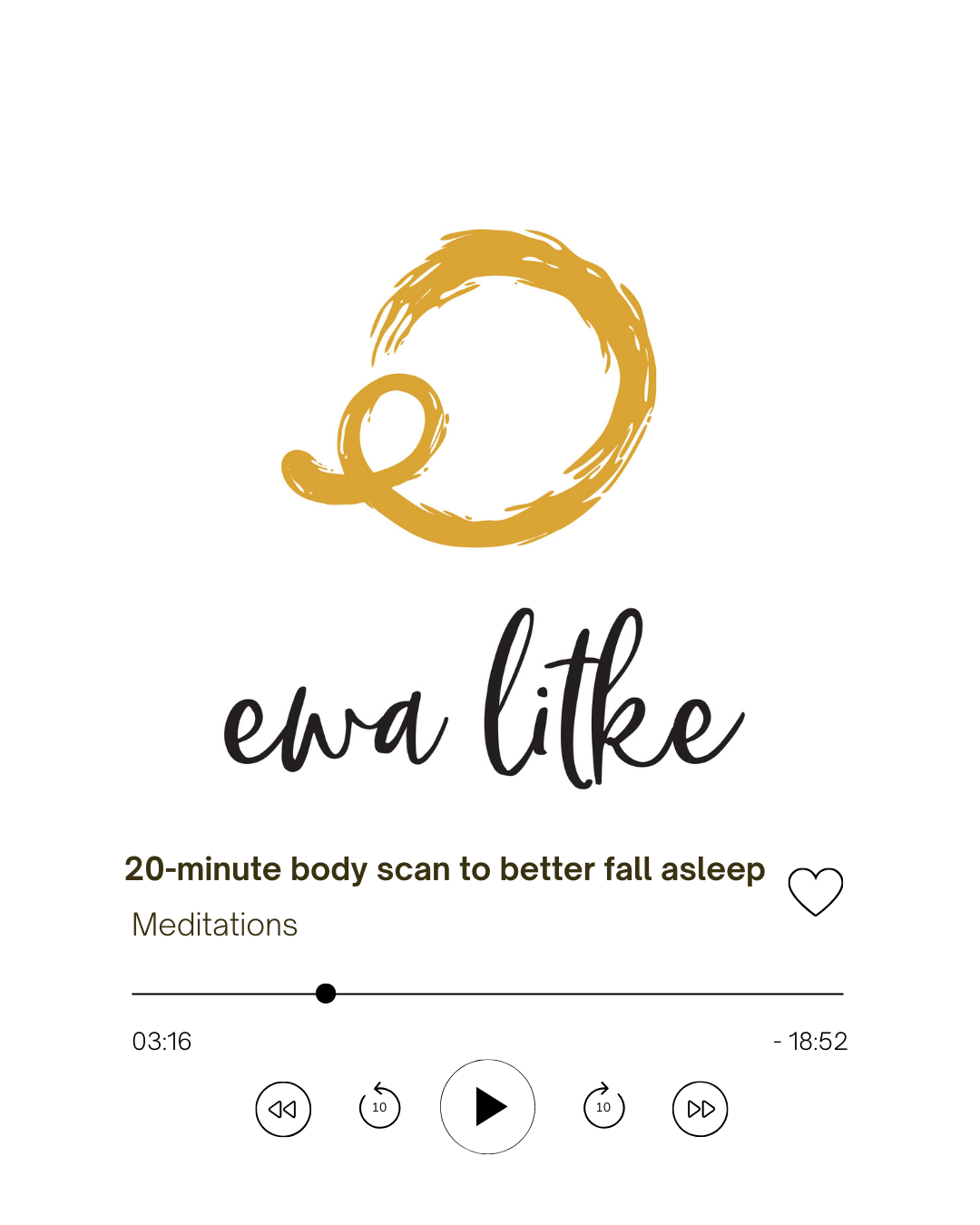When Sleep Isn’t Enough: Managing Your Energy in Stressful Times

When people talk about managing energy, the conversation often revolves around biology – circadian rhythms, sleep, and nutrition. And sure, those things matter a lot. But let’s be real, our bodies aren’t simple machines running on food and rest alone. We’re complex beings with energy flowing through multiple channels-physical, emotional, mental, and even spiritual. And guess what? None of these work in isolation.
Understanding this changes everything. It makes us realize that our daily choices – how we think, how we move, and how we handle stress – directly impact how much energy we have at the end of the day. Sounds obvious? Maybe. But let’s take a closer look.
The Energy Drain of Stress
Think about stress – especially chronic stress. Ever wondered how much energy your body burns when it goes into full fight-or-flight mode? Some studies suggest it’s a whopping 35% – almost double what we need to function under normal conditions. Elevated heart rate, stress hormones flooding your system, tense muscles, and your brain working overtime – it all adds up. No wonder we often crash at the end of a tough day.
Knowing this, can we really talk about energy management without talking about stress?
The Tax Office Phone Call (a.k.a. Why Stress Isn’t All Bad)
You know I love discussing stress, especially in unexpected ways. I love helping people recognize it where they least expect it, learn to protect themselves from it, and most importantly-manage it when it inevitably shows up.
But here’s the thing: stress gets a bad rap. Over the past few decades, it’s been painted as the ultimate villain. And while chronic stress can wreak havoc, the truth is, we actually need stress. It’s what kept our ancestors alive. Without it, you and I wouldn’t be sitting here right now, debating whether this font is easy to read.
Stress is our built-in alarm system. It alerts us to threats, prepares us for action, and tells us when something is off balance. The problem is that our stress response hasn’t evolved much in thousands of years, while our modern world has changed dramatically.
So now, instead of activating in life-or-death situations, it kicks in… when we get an unexpected call from the tax office. Logically, we know that a phone call isn’t a real threat to our survival. But try telling that to your nervous system!
Building Resilience (Yes, It’s a Skill!)
Ever heard of mental resilience? It’s our ability to handle stress and bounce back from challenges. In short, it’s what helps us stay steady without stress running the show.
Many people think resilience is something you either have or don’t have, but research says otherwise. It’s a skill-one that we can train, even in adulthood. And the best part is that you don’t need a full life overhaul to build it. Small, consistent practices can make a huge difference over time.
So where to start, you may wonder…? I’ve put together a list of three science-backed tools to help you manage stress and reclaim your energy. They’re simple, effective, and-most importantly – I use them myself, so I know they work.
Let’s dive into the power of movement, breathwork, and mindfulness!
Movement: A Natural Way to Release Stress?
Physical movement is amazing for so many reasons, but today, I want to focus on two key aspects.
When done regularly, it strengthens the body, improves circulation, and increases oxygen flow. Exercise also triggers the release of endorphins – our natural painkillers and mood boosters – helping to ease discomfort and improve overall well-being. Research from Harvard Health confirms that movement reduces anxiety, and other studies suggest that it can be as effective as medication or therapy in treating depression.
But there’s another crucial reason why movement matters – it helps metabolize stress hormones. To fully complete the stress cycle, movement is essential. When we move, increased blood flow helps break down cortisol, adrenaline, and noradrenaline.
However, in today’s world, many of us aren’t moving enough, which means we’re essentially marinating in stress hormones – just like pickles in vinegar! That’s why daily movement is key.
But what about moments of acute stress? How can we support our bodies in the short term while also improving long-term nervous system regulation?
Ever noticed how animals react after a stressful event?
They shake! Maybe you’ve experienced this too – like trembling after narrowly avoiding a collision with a passing car. This natural response helps reset the nervous system, but as humans, we’ve been conditioned to suppress it. Imagine your boss seeing you shaking after a tough meeting-awkward, right? But if you could step away to a quiet space and allow your body to release that tension, your nervous system would thank you.
Why not give it a try?
- Stand with your knees slightly bent.
- Start shaking your hands at hip level, keeping your joints soft.
- Raise your hands to chest level and continue shaking.
- Finally, lift your arms above your head and shake some more.
- Repeat as long as needed, stopping when you feel ready. Notice how you feel afterward.
Breath: The Key to Nervous System Regulation
Ever noticed how your breath changes with your mood? It speeds up when you’re anxious and slows down when you’re relaxed. That’s because breathing is directly connected to our state of arousal.
The way we breathe can either activate the part of our nervous system responsible for action and alertness or switch us into a state of calm and relaxation. That’s why breath is often called the gateway to the autonomic nervous system – it allows us to influence a system we otherwise can’t control directly.
Here are a few techniques to try:
- When stress starts creeping in: The 4-8 Breath
This simple exercise has been scientifically proven to create a sense of calm in just 5-10 breaths.
- Sit or stand comfortably and tune into your breath.
- Take a few natural breaths, then start inhaling slowly for a count of 4.
- Exhale for a count of 5, fully emptying your lungs.
- If it feels good, extend the exhale to 6 or even 8 counts.
- When ready, release control and let your breath return to its natural rhythm.
- Need more balance? Box Breathing
This technique involves equalizing all phases of the breath to create stability and focus.
- Sit or stand comfortably and observe your breath.
- Inhale through your nose for a count of 4.
- Hold for 4 seconds.
- Exhale through your mouth for 4 seconds.
- Hold after the exhale for 4 seconds.
- Repeat for a few cycles.
- Low energy? Try Breath of Joy!
This energizing breathwork exercise helps shake off sluggishness.
- Stand with feet hip-width apart and knees slightly bent.
- Inhale in 3 parts, coordinating with arm movements:
- First inhale: Fill 1/3 of your lungs and lift your arms in front of you, chest level.
- Second inhale: Fill another 1/3 and lift arms out to the sides, shoulder height.
- Third inhale: Fill your lungs completely, raising your arms overhead.
- Exhale forcefully through your mouth, letting your arms and upper body drop into a forward fold, adding a “ha!” sound if comfortable.
- Repeat 5-10 times, then pause and notice how you feel.

Mindfulness: The Secret Recipe for Less Stress?
Let’s wrap things up with a real gem – something that’s been talked about a lot but still deserves even more attention! Mindfulness.
It’s the ability to focus on the present moment – being fully aware of your body sensations, thoughts, emotions, and surroundings without judging them or trying to change your experience. Sounds a bit mystical? Not at all! In fact, mindfulness is one of the most well-researched and effective methods for managing stress and intrusive thoughts.
So, how does it work? It encourages you to take regular pauses, giving yourself the gift of practices that, on one hand, help you “reconnect with your base,” understand your habitual reactions, and recognize behavior patterns, which significantly reduces reactivity. On the other hand, it allows you to step back and view situations from a broader perspective. And that, in turn, leads to better well-being by lowering stress levels.
And there’s more.
In 2010, researchers asked a group of over 2,000 people to install an app on their phones. Every time they received a notification, they had to indicate whether they were fully engaged in their current activity or if their mind was wandering – drifting into the future, reminiscing about the past, or daydreaming. They were also asked to rate their happiness levels at that exact moment. What were the results?
A staggering 47% of the time, respondents were mentally somewhere else rather than focused on what they were actually doing. (Impressive! Although, I have a feeling that if the study were conducted in 2025, the results might be even worse.) But here’s the takeaway that really caught my attention: people reported feeling happier when they were fully present in the moment.
So, does being mindful actually boost happiness and life satisfaction? Turns out, yes!
If you’re curious about trying mindfulness, I’ve prepared a few free practices below for you to explore. I might not be the most objective person here (#mindfulnessgroupie), but I truly believe that taking just a few moments each day to pause and check in with yourself can have a positive impact on both your mental resilience and overall quality of life.
Read more about mindfulness here: Mindfulness Unwrapped: A Beginner’s Guide to Mindfulness
Building Good Habits
Do any of these methods sound like something worth dedicating a few minutes of your precious time to? Or is your brain already pulling excuses out of a hat like a magician: meetings, kids, responsibilities, not enough time! I know them all too well, and trust me, the best way to tackle them is with small steps.
You’ve probably heard the phrase “small steps, small wins” – tiny habits add up over time and eventually lead us exactly where we want to be.
So why not start with just 5 minutes, twice a day for one of these practices? Set a reminder on your phone, stick a post-it note on your computer screen or bathroom mirror. And most importantly: know your why. Psychology and habit-building experts emphasize how crucial it is to understand why you’re doing something. When you know your motivation, it’s much easier to prioritize actions that will help you achieve the results you’re aiming for.
I’m rooting for you! And remember – if you ever need support, you know where to find me.
Dive deeper into similar topics:
Is Seven a Lot? A Look at the 7 Types of Rest
You can live without rest – sure. But what kind of life is that, really?
It’s definitely not how nature intended it. Every living thing follows a rhythm of activity and recovery. Except us humans… we keep trying to skip the recovery part. And well, the consequences? We’ve all seen them.
Cycle Syncing in Practice: Aligning Your Diet, Work, and Exercise with Your Cycle
Now that we’ve explored the phases of your cycle and the idea of cycle syncing, it’s time to dive into the exciting part: how to bring this knowledge into your daily life!
Cycle Syncing – On Hormones, Cycles, and Mindfulness
Ever wonder if tuning into your natural hormone shifts could actually make you feel better? Spoiler alert: it can! With a practice called cycle syncing, you’re not just boosting your health—you’re bringing your body back into balance.






0 Comments